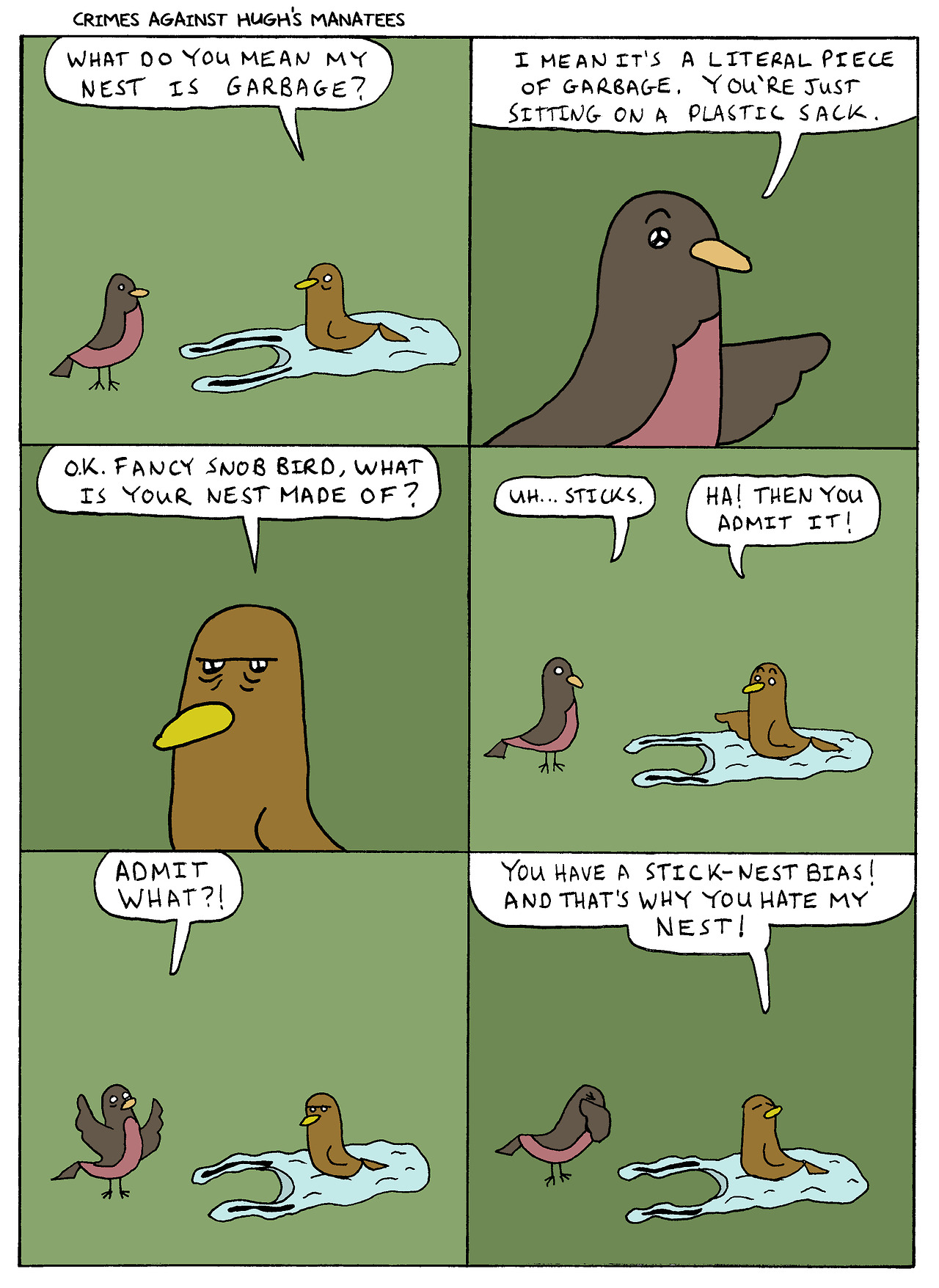Unit 5 - Perspectives and biases
Bias
Anchoring, confirmation, expectancy and cultural bias
In the previous exercise, which country population did you guess better? If for both countries your guess was around 30 million, the number which had been given to you as an anchor, then you have just followed another common human behavior called anchoring bias.
Anchoring bias often leads to poor decisions when estimating something such as the worth of an item you want to purchase.
For instance, let’s say the price tag says $1,000. You may be tempted to pay $800 for it, but think that $1,000 is too much. Now if you walk down the street and find another place where the same product goes for $800, you probably won’t spend too much time wondering if it is worth the money; you will buy it. However, you may be disappointed to find out that if you had started shopping from the other end of the street you may have found the same item going for $600. Except then you would have been tempted to think that it was only worth about $500 or so.
So anchoring bias occurs when individuals use the initially provided information to make subsequent judgments; the first piece of information offered (the anchor) affects us when making a decision. This tactic is often used in bargaining.
Confirmation bias is the tendency to search for, interpret, favour, and recall information in a way that confirms one's pre-existing beliefs or hypotheses, while giving disproportionately less consideration to alternative possibilities. Do you remember the Peter Wason experiment earlier, where people (and maybe you too) tended to pick cards that confirmed their hypothesis instead of disproving it?
Expectancy bias is linked to confirmation bias, and can be found in research, for example when researchers are drawn to details that confirm their existing beliefs, causing them to subconsciously influence the participants of an experiment. An extension of this is experimenter’s bias, which is is the tendency for experimenters to believe, certify, and publish data that agree with their expectations for the outcome of an experiment, and also to disbelieve, discard, or downgrade the corresponding weightings for data that appear to conflict with those expectations.

Cartoon from Crimes Against Hugh’s Manatees by Hugh D. Crawford (6)
Cultural bias refers to interpreting and judging phenomena by standards inherent to one's own culture. The phenomenon is sometimes considered a central problem to social and human sciences, such as psychology, anthropology, and sociology. Prejudice and stereotyping are examples of this type of bias.
Prejudice involves judging someone or a group of people before you meet them. It usually relies on stereotypes, which refers to judging a group of people different from you based on your own or others’ opinions formed as a result of limited encounters with people from that group.
It is important to remember that bias is mostly unconscious and includes thinking that we are less biased than others.
Whether we like it or not, bias influences all our decisions and behaviours. To limit its effect, we can keep an open mind, search for and consider diverse perspectives respectfully, and weigh them all carefully before making an important judgment or decision.